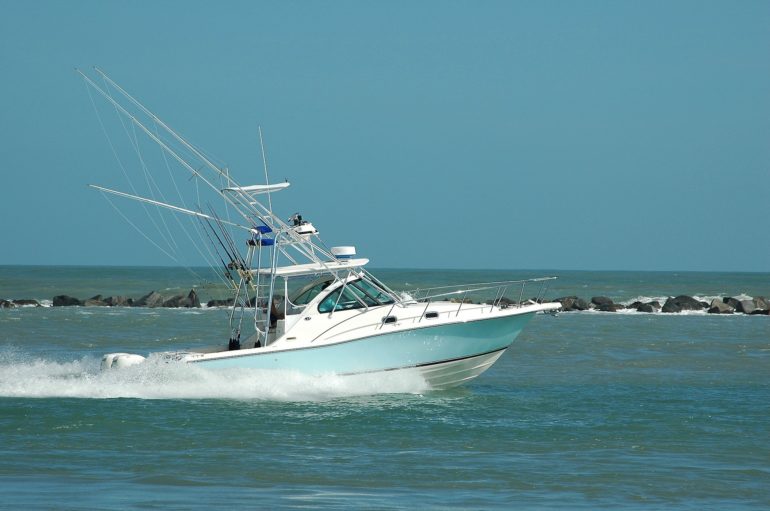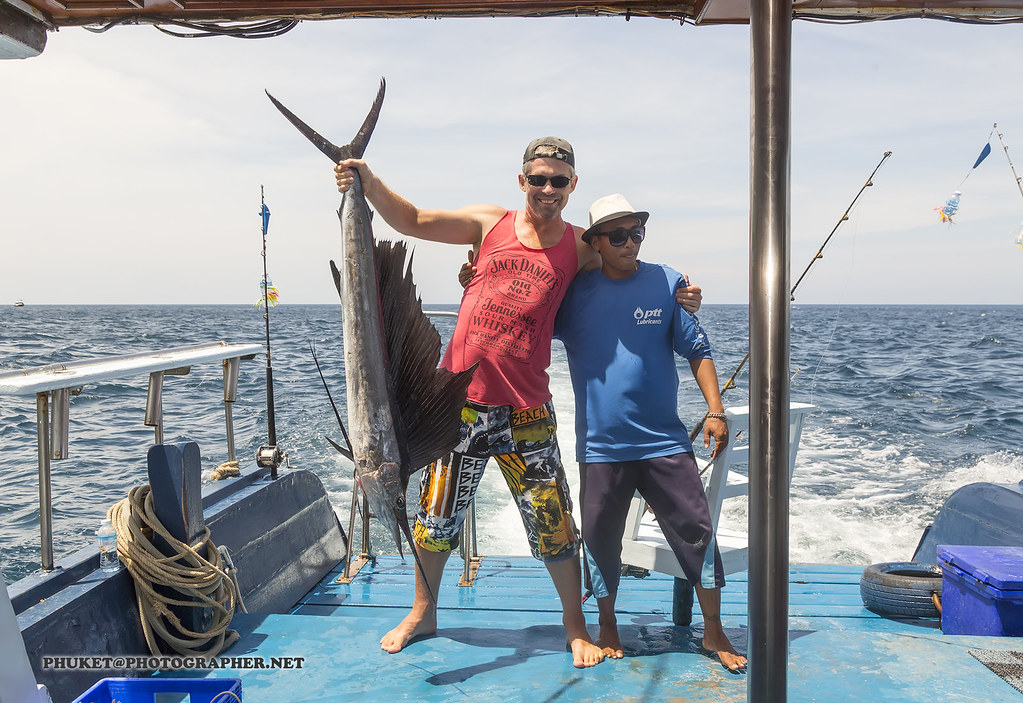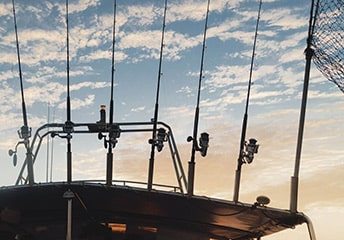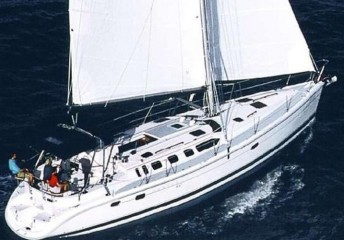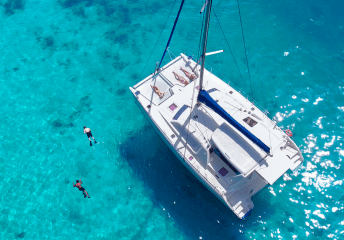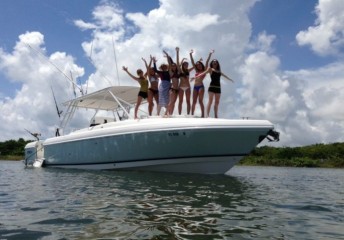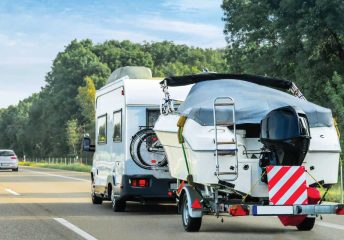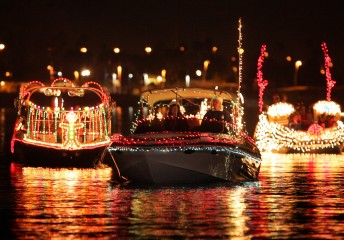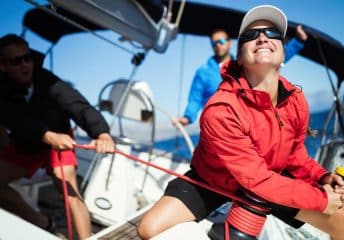Your New Favorite Fishing Technique: Drifting
Last Updated on January 12, 2022 by Boatsetter Team
Learn how drifting will catch you the next big one!
When most people went fishing in the past, they would find a good spot, drop anchor and see what bit. These days, a lot has changed as a result of new methods like slow-jigging, live-baiting, deepwater fishing and so on. As a result, drifting has become the technique of choice by the majority of fishermen.
The best thing about it is that you don’t have to keep dropping and lifting anchors every time you want to set your lines, you just find the right place and let the water do the work for you. That said, you will need to know a few things to make the most out of your day off on the sea!
1) Environmental Factors
There are a lot of things that can impact the success of your drifting. You need to consider the wind, tide and current. Many sportfishers recommend doing a “ dummy drift.” Even if it looks like the water is flowing in one direction, the speed, wind and tide can can create surprises.
By using either a GPS, chart-plotter or map if you want to go old school, you can get a much better sense of drifting direction and speed. Also, if you set up waypoints, you can repeat any good runs you might have had through a specific area.
2) The Boat
What boat you are using will greatly impact your drifting. Something like a kayak which is very light and doesn’t pick up the wind will move along the current at a similar speed. But if you rent a large boat with a ten-foot roof, that can act like a sail and catch the wind. Other types of watercraft according to their weight may drift sideways. This is again why a trial run or two is a good idea.
3) Using the Drift
Once you have accounted for these initial factors, it is necessary for you to utilize the drift so that you can fish in that most efficient way possible. If you are using a fish finder then it will be quite clear where your strike zone is. To maximize the time here, you should use a lure or eight that will get you into the area.
You will want to go with a soft-plastic lure that sinks naturally but can still make it to the bottom. For this reason, you want to cast in the same direction you are drifting. You will also need a decent amount of weight to ensure that your lure stays along the seafloor.
4) An Anchor???
If you drifting particularly quickly, then you may want to slow things down. The engine is a good option, but it is best for short time periods so you don’t burn too much fuel. The best thing for you to use is a sea anchor or drogue. Don’t worry, these are much easier to handle than real anchors, you can easily throw them in and of the water.
The best thing about them is that they can help you position yourself better in the water in relating to the drift. This way you can use the maximum amount of space available on your boat for fishing.
5) After You Have a Controlled Drift
Once you are drifting the best way possible, it is time for the anglers to get ready and get to work! This is all going to sound like common sense, but it happens all the time with drifting. Make sure all the lines are spread out.
And make sure you are fishing on the side of the boat which will take the line away from it, not under. This happens very frequently. Don’t cast or drop any rigs until the boat has begun drifting otherwise you will just end up with everything tangled together.
Catching the Big One
There is a reason why drifting has become so popular: because it works! One last tip, if a big one does bite at one of your lines, everyone else should reel their lines in. That’s just what a good fishing buddy does to make sure everyone has a shot at hauling in that perfect catch!
If you want more tips on reeling in something massive, check out this guide on how to haul in a Florida Sailfish.

Boatsetter empowers people to explore with confidence by showing them a world of possibility on the water. Rent a boat, list your boat, or become a Boatsetter captain today.
